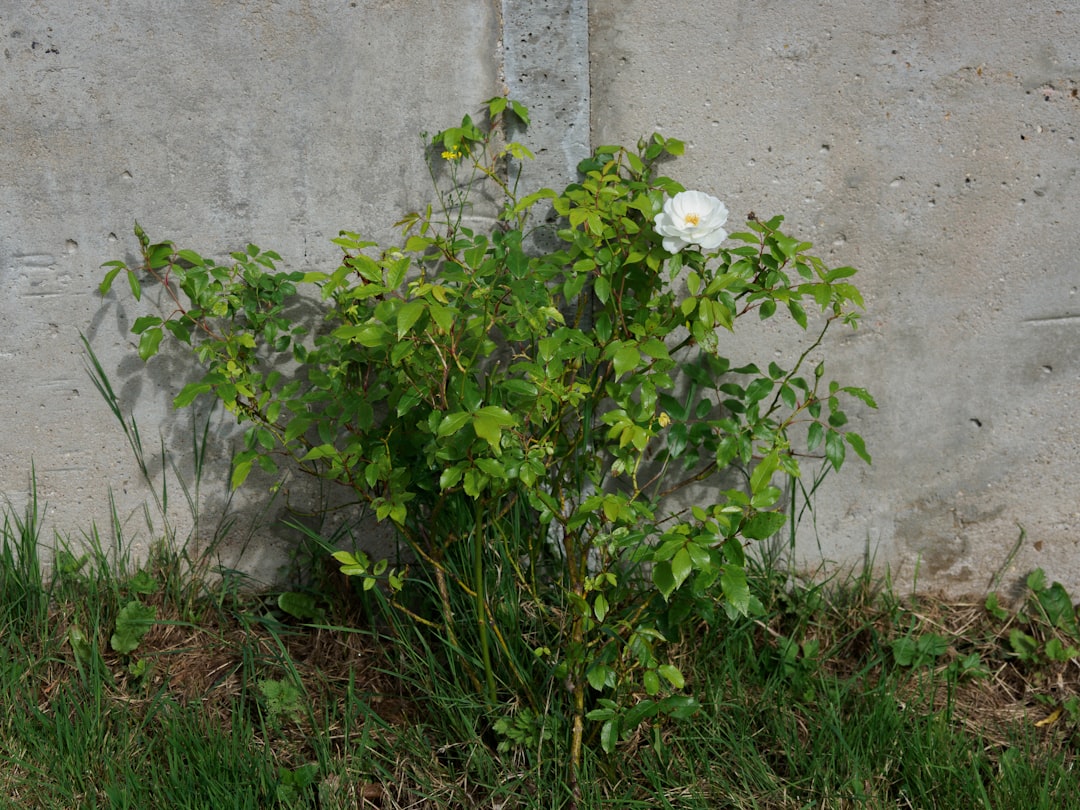Unveiling the Secrets of Sky Vine Growth

Embarking on the journey of growing sky vine can be a rewarding endeavor, especially for gardening enthusiasts. Sky vine, a tropical vine adorned with beautiful lavender - blue flowers, offers a touch of exotic charm to any garden. In cool climates, it is typically grown as an annual, but with the right tips, you can maximize its growth and beauty.
First and foremost, understanding the basic requirements of sky vine is crucial. This vine thrives in full sun to partial shade. In cooler climates, providing it with as much sunlight as possible is beneficial. Place it in an area of your garden where it can receive at least 6 hours of direct sunlight each day. However, if the sun is too intense during the peak of summer, a bit of afternoon shade can prevent the plant from getting stressed.
Soil quality plays a significant role in the growth of sky vine. It prefers well - drained soil that is rich in organic matter. You can amend your garden soil with compost or well - rotted manure before planting. This not only enriches the soil but also improves its drainage capabilities. A pH level between 6.0 and 7.5 is ideal for sky vine. You can test your soil using a simple soil testing kit available at most garden centers. If the soil is too acidic, you can add lime to raise the pH, and if it's too alkaline, sulfur can be used to lower it.
When it comes to watering, sky vine needs consistent moisture but does not tolerate waterlogged conditions. Water the plant deeply once or twice a week, depending on the weather conditions. In hot and dry weather, you may need to water more frequently. Check the soil moisture by inserting your finger about an inch into the soil. If it feels dry, it's time to water. Avoid overhead watering as it can lead to fungal diseases. Instead, water at the base of the plant.
Fertilization is another important aspect of growing sky vine. Use a balanced, slow - release fertilizer at the beginning of the growing season. This provides the plant with a steady supply of nutrients over time. You can also supplement with a liquid fertilizer every few weeks during the active growing period. Look for a fertilizer with a higher phosphorus content, as this promotes flowering. However, be careful not to over - fertilize, as this can lead to excessive foliage growth at the expense of flowers.
Pruning is essential for maintaining the shape and health of sky vine. Regularly remove any dead, damaged, or diseased branches. This not only improves the appearance of the plant but also prevents the spread of diseases. You can also prune to control the size of the vine. In early spring, before new growth begins, you can do a more extensive pruning to encourage bushier growth. Pinch off the tips of the vines to promote lateral branching.
Propagation of sky vine can be done through stem cuttings. Take 4 - 6 inch cuttings from healthy, non - flowering stems in the spring or summer. Remove the lower leaves and dip the cut end in rooting hormone. Plant the cuttings in a pot filled with a well - draining potting mix. Keep the soil moist and place the pot in a warm, bright location. In a few weeks, roots should start to develop, and you can then transplant the new plants into your garden.
Protecting sky vine from pests and diseases is also necessary. Common pests that may affect sky vine include aphids, spider mites, and whiteflies. You can use insecticidal soap or neem oil to control these pests. For diseases such as powdery mildew, ensure good air circulation around the plant and avoid overhead watering. If a disease does occur, you can use a fungicide according to the instructions on the label.
In conclusion, growing sky vine in cool climates as an annual can be a delightful experience. By following these tips on sunlight, soil, watering, fertilization, pruning, propagation, and pest control, you can enjoy the beauty of its lavender - blue flowers in your garden. With a little care and attention, your sky vine will thrive and become a focal point in your outdoor space.